Goya Seasoning Recipe: The Spicy Secret Your Kitchen Has Been Missing!
Have you ever tasted a dish that just screamed "I know flavor"?
If not, it’s probably because it was missing one crucial ingredient: Goya seasoning.
In this article, we’re diving deep into the world of Goya seasoning — from its roots in Caribbean cooking to how you can whip up your own batch at home.
So grab your mortar and pestle (or a blender, no judgment here), and let’s get seasoned!
Table of Contents
- What is Goya Seasoning Anyway?
- The Ultimate Homemade Goya Seasoning Recipe
- Flavor Profiles & Ingredient Breakdown
- Pro Tips for Using Goya Seasoning Like a Boss
- How Goya Stacks Up Against Other Seasonings
- Conclusion
What is Goya Seasoning Anyway?
If you haven’t heard of Goya seasoning, you’ve probably been living under a culinary rock. But don’t worry, we’re here to catch you up.
Goya seasoning isn’t tied to any single brand or product. Rather, it refers to a type of all-purpose spice blend commonly used in Puerto Rican and Latin American cuisines.
The original Goya® brand seasoning (the one in the yellow box) became iconic in kitchens across the Caribbean and beyond. Its bold, savory-salty-spicy profile makes it a go-to for everything from meats to beans to rice.
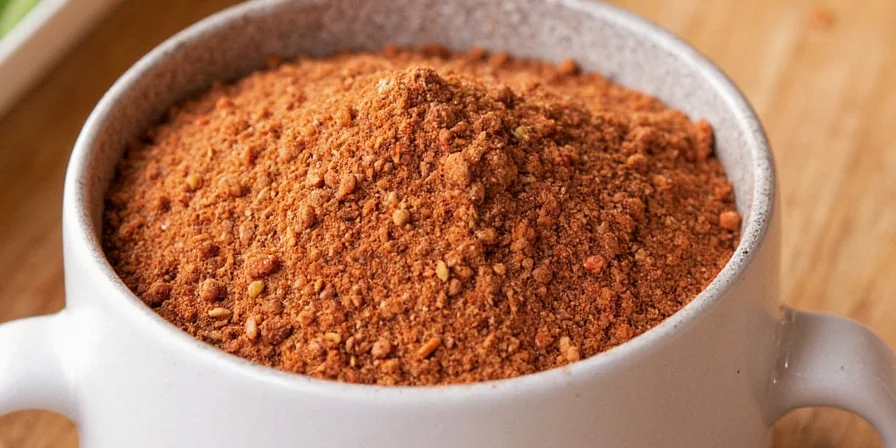
But here’s the twist: making your own version at home lets you customize the flavors, skip preservatives, and impress your dinner guests without even breaking a sweat.
The Ultimate Homemade Goya Seasoning Recipe
This easy DIY Goya seasoning brings all the flavor without the mystery ingredients. Plus, you probably have most of these already hiding in your pantry.
Ingredients:
- 2 tbsp ground annatto (achiote)
- 1 tbsp garlic powder
- 1 tbsp onion powder
- 1 tsp oregano (Mexican or regular)
- 1 tsp cumin
- 1 tsp black pepper
- ½ tsp paprika
- ½ tsp salt (optional – adjust to taste)
- ½ tsp crushed red pepper flakes (optional – add heat!)
Instructions:
- In a small bowl, mix all the spices together until well combined.
- Store in an airtight container away from light and moisture.
- Label it with flair — you’re basically a spice alchemist now.
- Use as a dry rub, sprinkle over rice, or mix into sofrito blends.
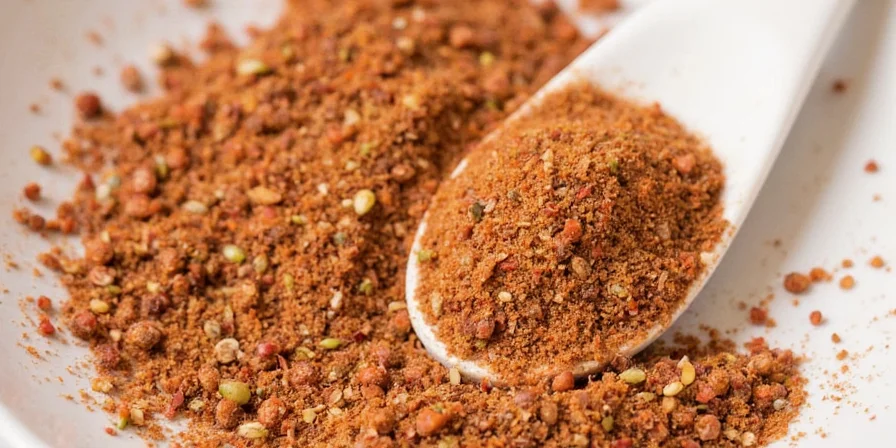
Flavor Profiles & Ingredient Breakdown
Understanding what each ingredient contributes to the final blend helps you tweak it to suit your palate — or swap out anything you don’t have on hand.
| Ingredient | Flavor Profile | Bonus Perks |
|---|---|---|
| Annatto (Achiote) | Earthy, peppery, slightly nutty | Provides vibrant orange-red color; mild anti-inflammatory properties |
| Garlic Powder | Pungent, savory, umami-rich | Adds depth without fresh garlic’s moisture |
| Onion Powder | Sweet, sharp, aromatic | Complements garlic; balances spicy notes |
| Oregano | Herbaceous, woodsy, slightly bitter | Essential for that classic Latin sabor |
| Cumin | Smoky, citrusy, warming | A staple in Latin and Middle Eastern blends |
| Black Pepper | Sharp, spicy, earthy | Enhances bioavailability of other spices |
| Paprika | Mildly sweet, smoky, colorful | Adds warmth and visual appeal |
| Crushed Red Pepper Flakes | Fiery heat with fruity undertones | Kicks up the spice level naturally |
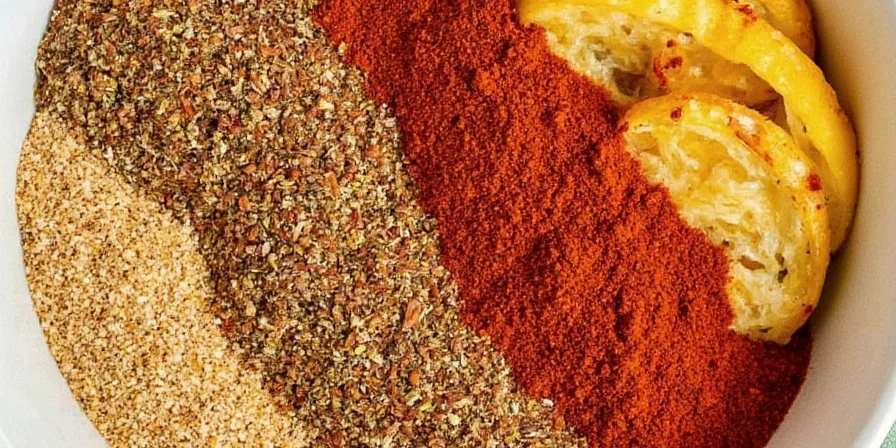
Pro Tips for Using Goya Seasoning Like a Boss
Once you’ve got your homemade Goya seasoning ready, the fun really begins. Here are some insider hacks and tricks to make the most of your new kitchen MVP.
- Dry Rub Magic: Rub generously onto chicken thighs, pork chops, or skirt steak before grilling. Let sit for at least 30 minutes for better flavor penetration.
- Rice Upgrade: Add a teaspoon per cup of uncooked rice for a rich, flavorful side dish that’ll steal the show.
- Bean Boost: Sprinkle into simmering black beans, pigeon peas, or kidney beans during the last 30 minutes of cooking.
- Egg-cellent Enhancement: A pinch in scrambled eggs or frittatas adds a nice kick and depth of flavor.
- Marinade Base: Mix with olive oil, vinegar, lime juice, and a splash of soy sauce for a versatile marinade.
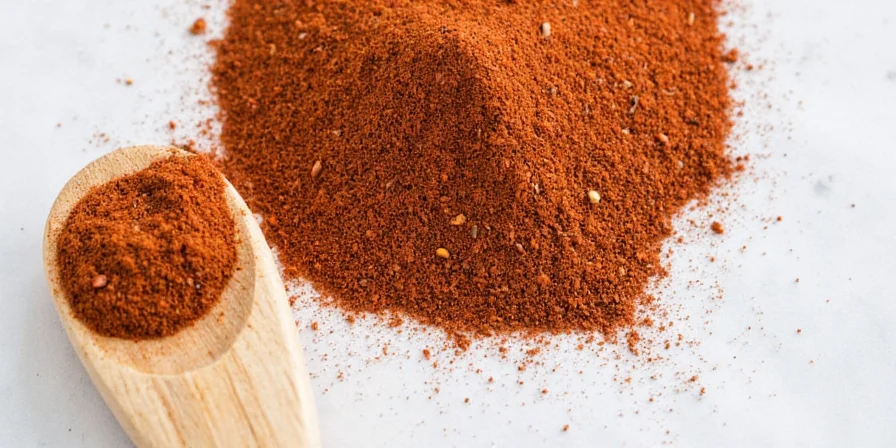
How Goya Stacks Up Against Other Seasonings
You might be wondering, “Is Goya seasoning just another fancy spice mix?” To help you decide, here’s a quick comparison of Goya seasoning vs. other popular spice blends.
| Seasoning | Main Flavor Notes | Best For | Similarities | Differences |
|---|---|---|---|---|
| Goya Seasoning | Earthy, spicy, garlicky, herby | Latin dishes, grilled meats, beans, rice | Uses garlic/onion/pepper base like many others | Unique color and flavor from annatto |
| Adobo Seasoning | Garlicky, tangy, salty | Marinating meats, soups, stews | Also used in Latin cuisine; includes similar herbs | Contains vinegar in wet form; usually saltier |
| Old Bay | Peppery, celery, slight sweetness | Seafood boils, crab cakes | Blends multiple spices | More seafood-friendly, less earthy |
| Italian Seasoning | Herb-forward, floral, savory | Pasta, pizza, tomato-based sauces | Combines herbs | No annatto or chili heat |
| Taco Seasoning | Smoky, chili-heavy, tomato-like | Tacos, burritos, enchiladas | Includes chili powder, cumin | Usually contains cornstarch or flour |
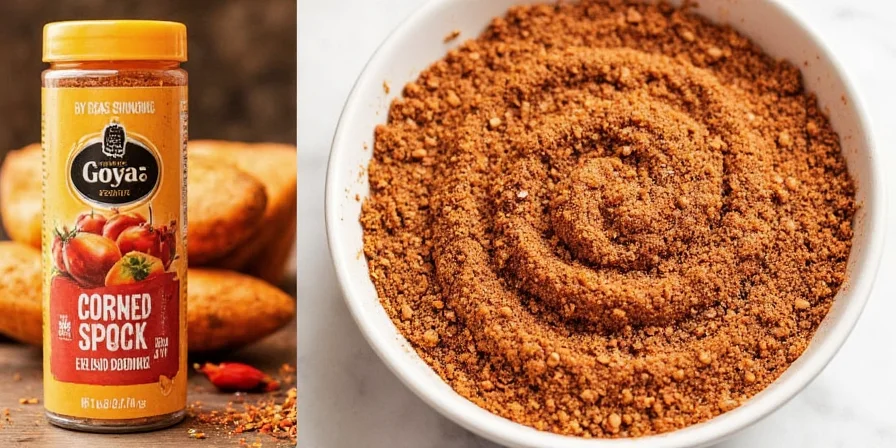
While all spice blends aim to enhance flavor, Goya seasoning stands out with its signature color, versatility, and boldness. It’s like the confident cousin who shows up to family dinners wearing a neon jacket — you can’t ignore it, and you’re always glad they came.
Conclusion
Whether you’re a seasoned pro or just dipping your toe into the spicy waters of global seasonings, Goya seasoning deserves a spot in your kitchen.
By making your own at home, you unlock total control over the ingredients, flavor balance, and heat level. You also avoid unnecessary additives found in store-bought versions.
So next time you’re staring into the fridge wondering what to cook, remember this golden rule: when in doubt, reach for the Goya seasoning. Because life is too short for bland food.
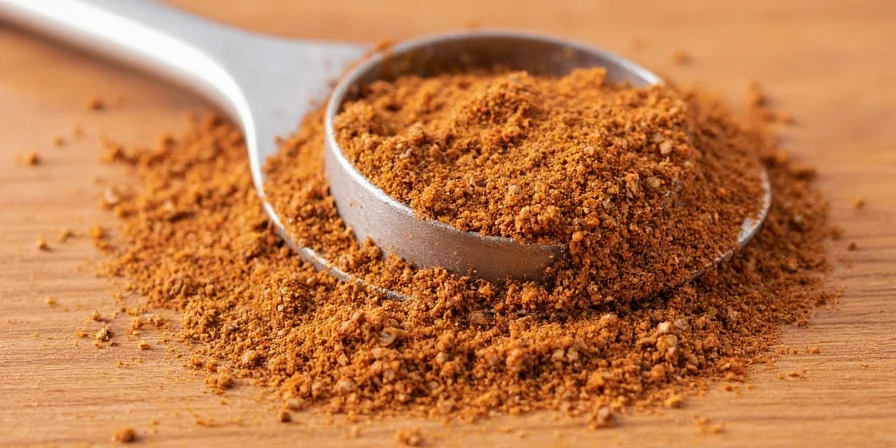
- Make a big batch — it keeps well for up to 6 months.
- Adjust the heat by changing the amount of red pepper flakes.
- Experiment with extra herbs like coriander or cilantro seed for a twist.

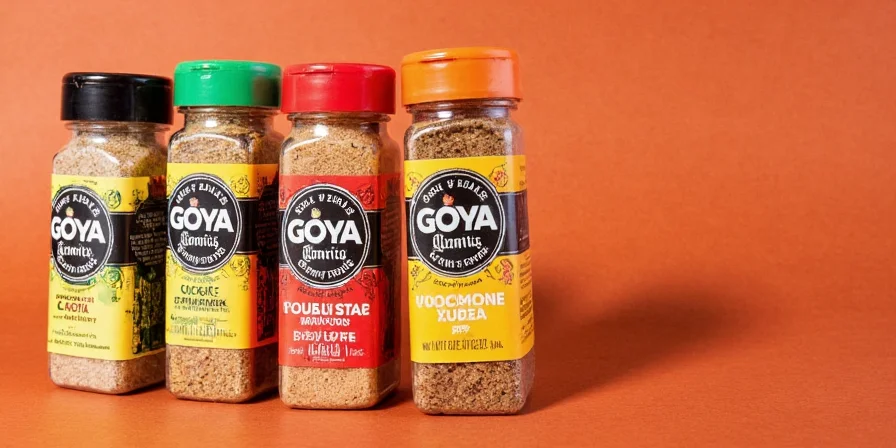









 浙公网安备
33010002000092号
浙公网安备
33010002000092号 浙B2-20120091-4
浙B2-20120091-4